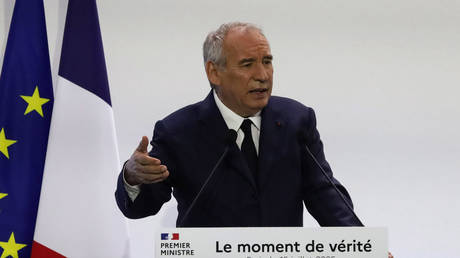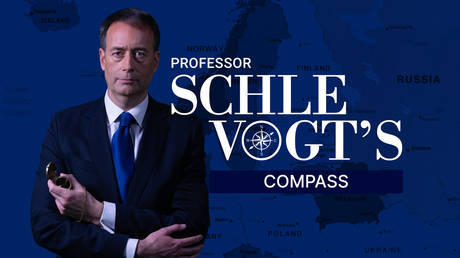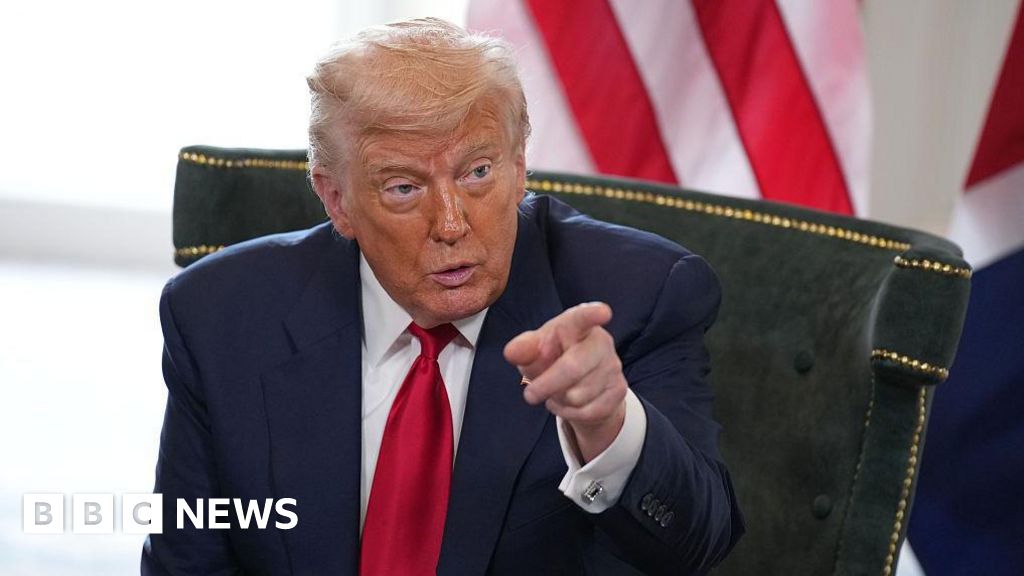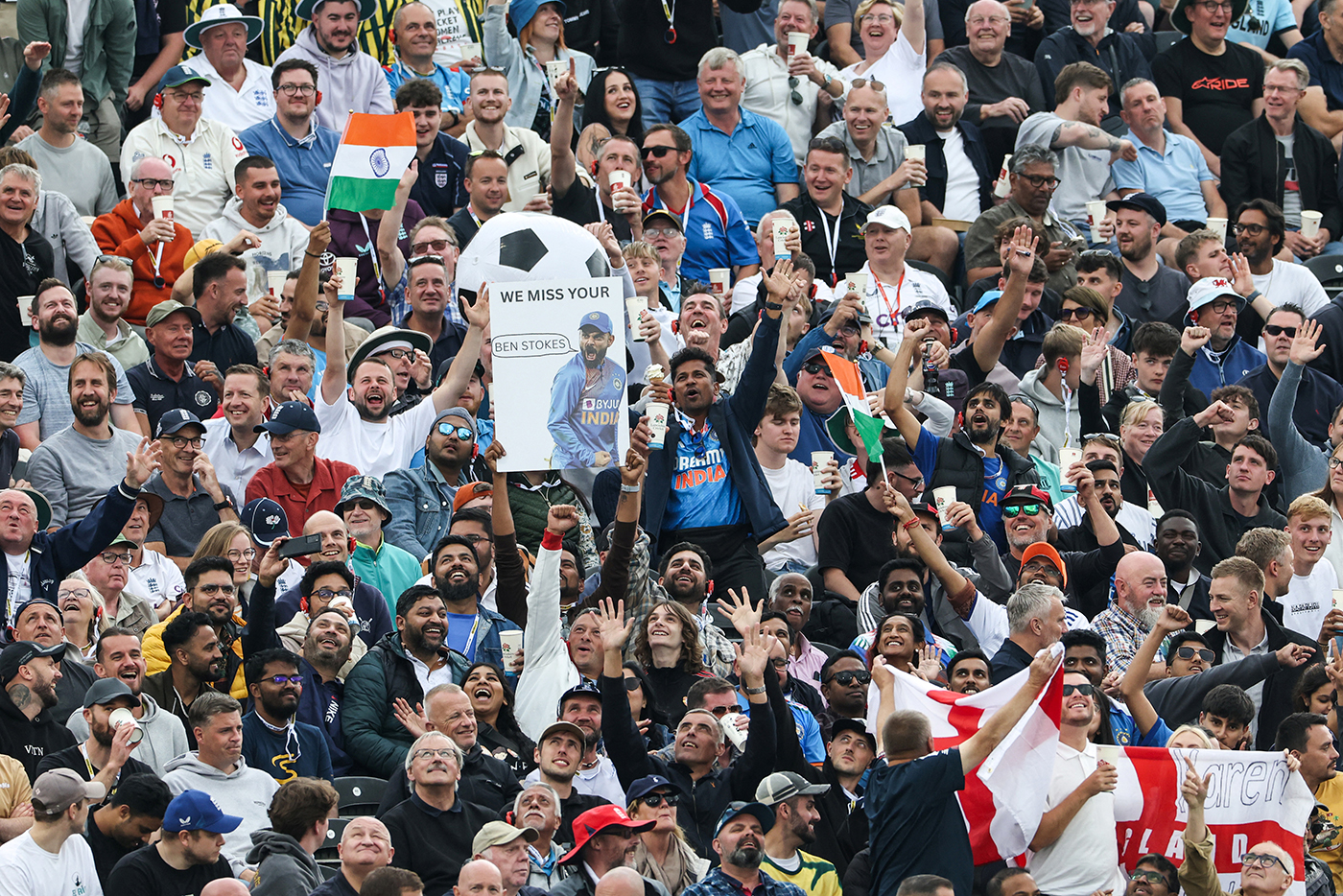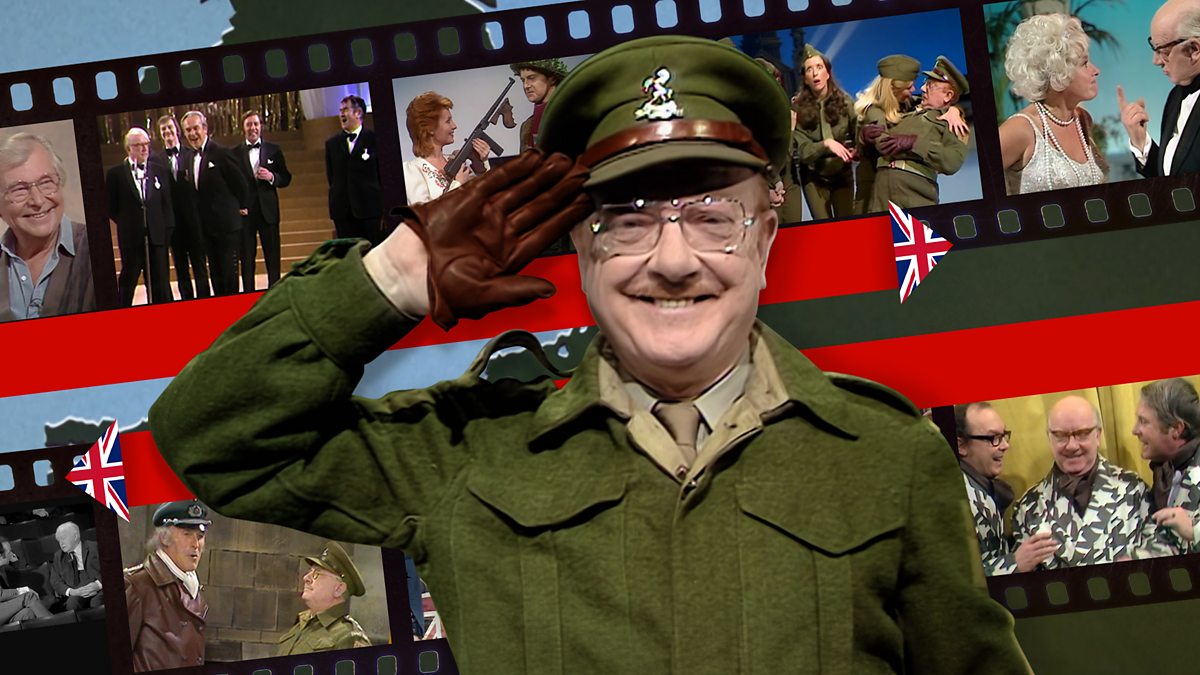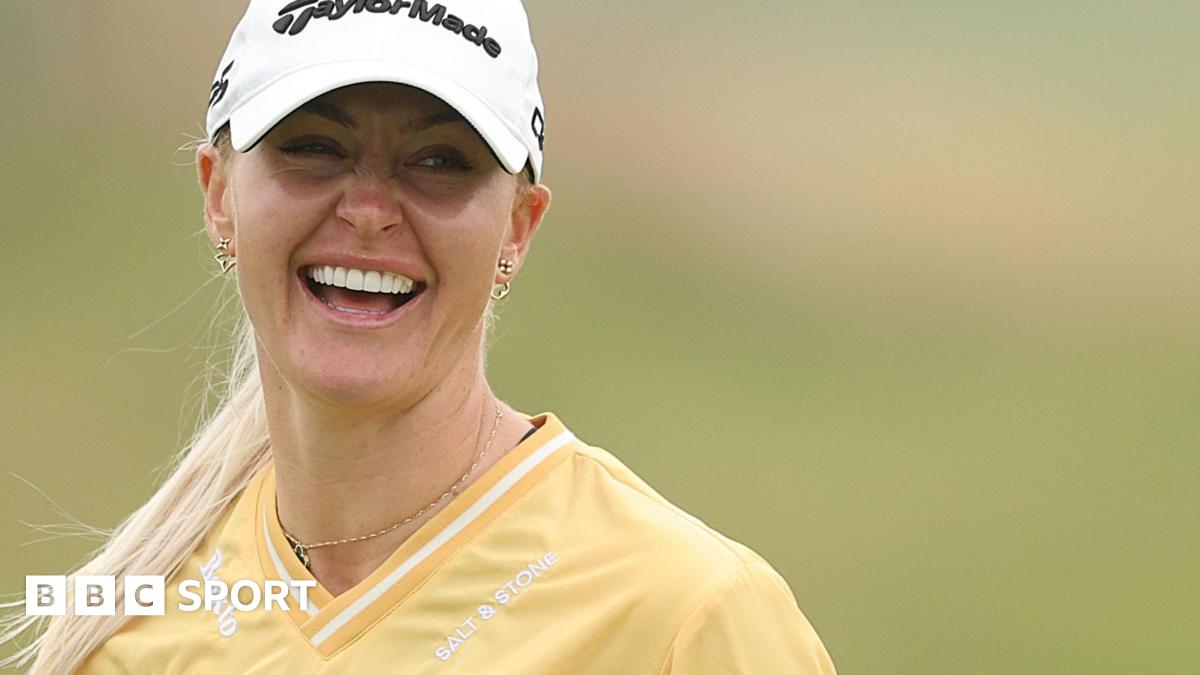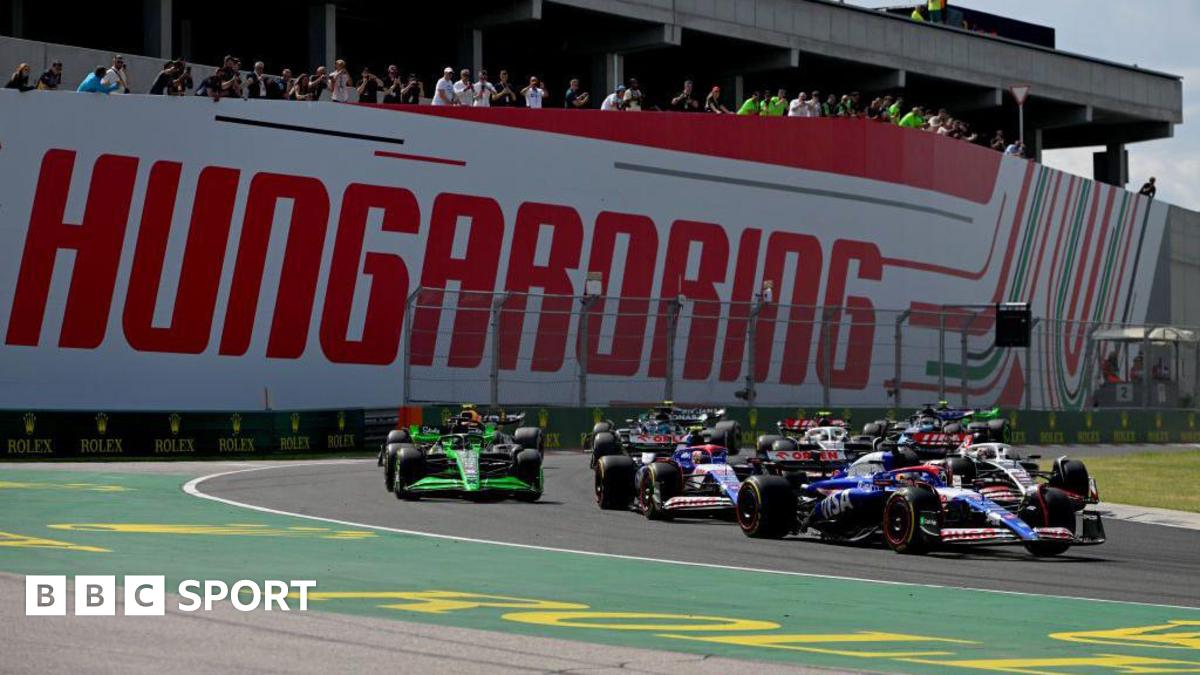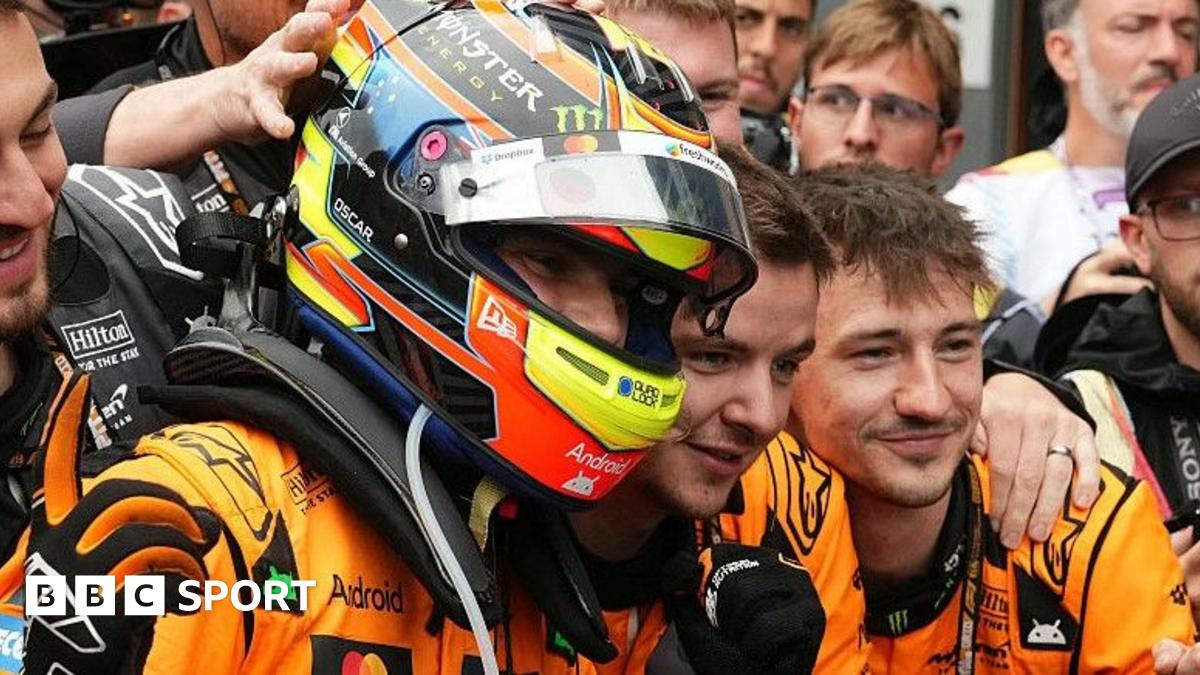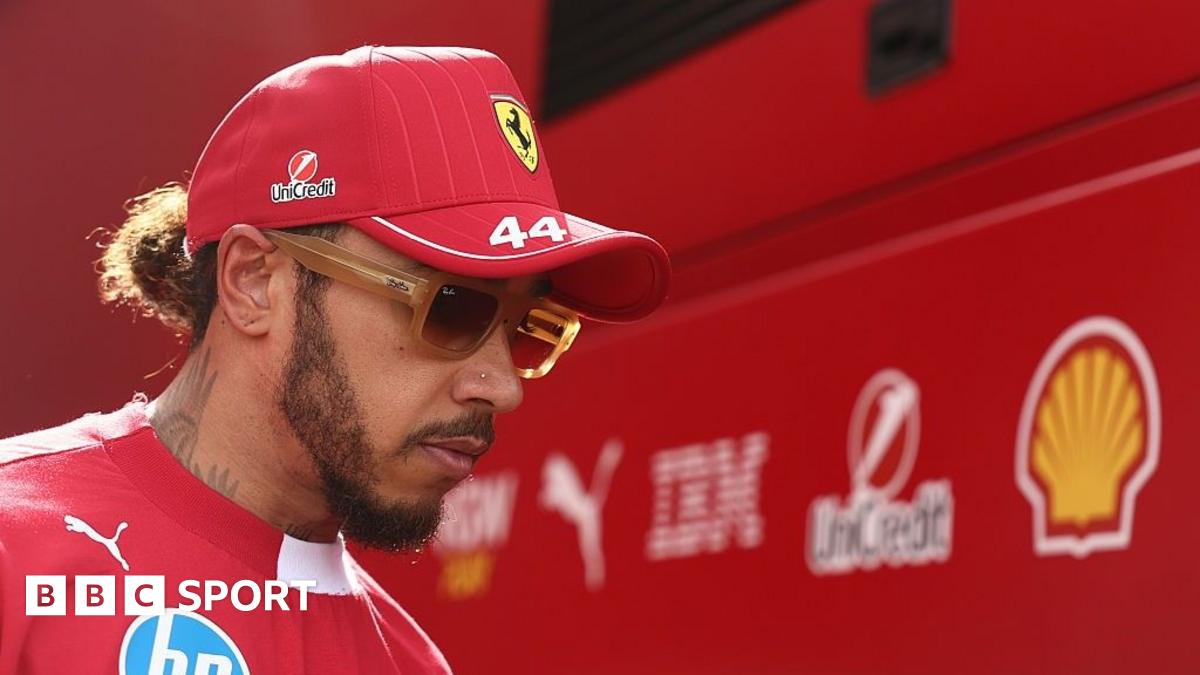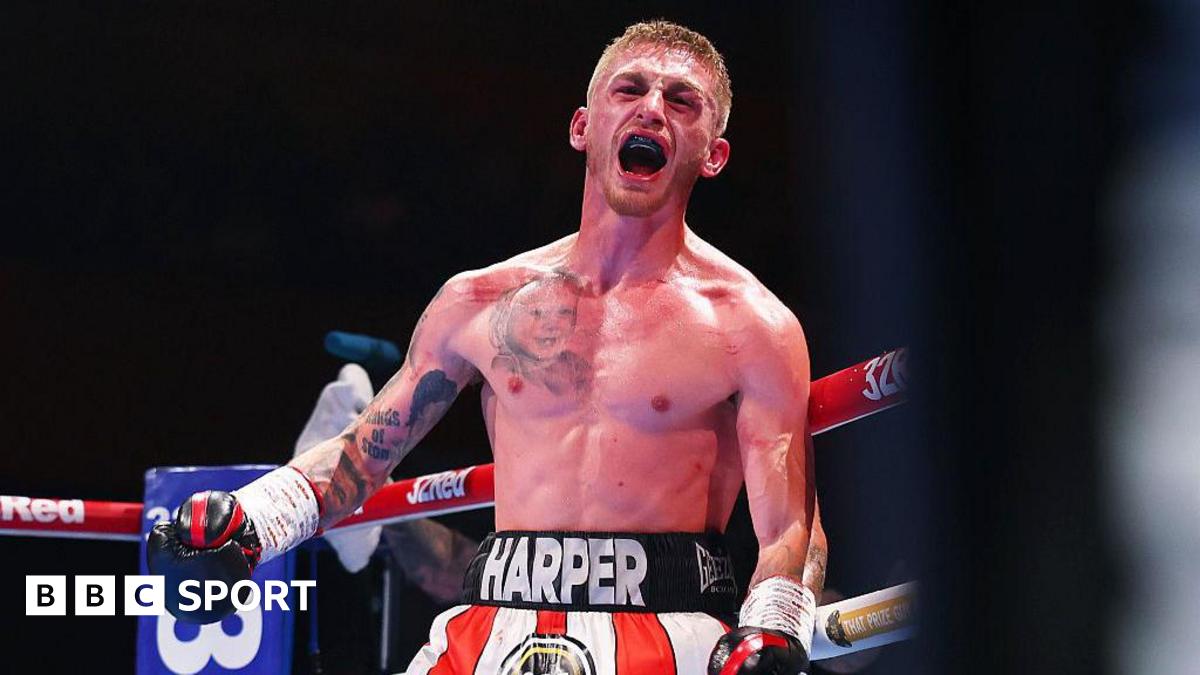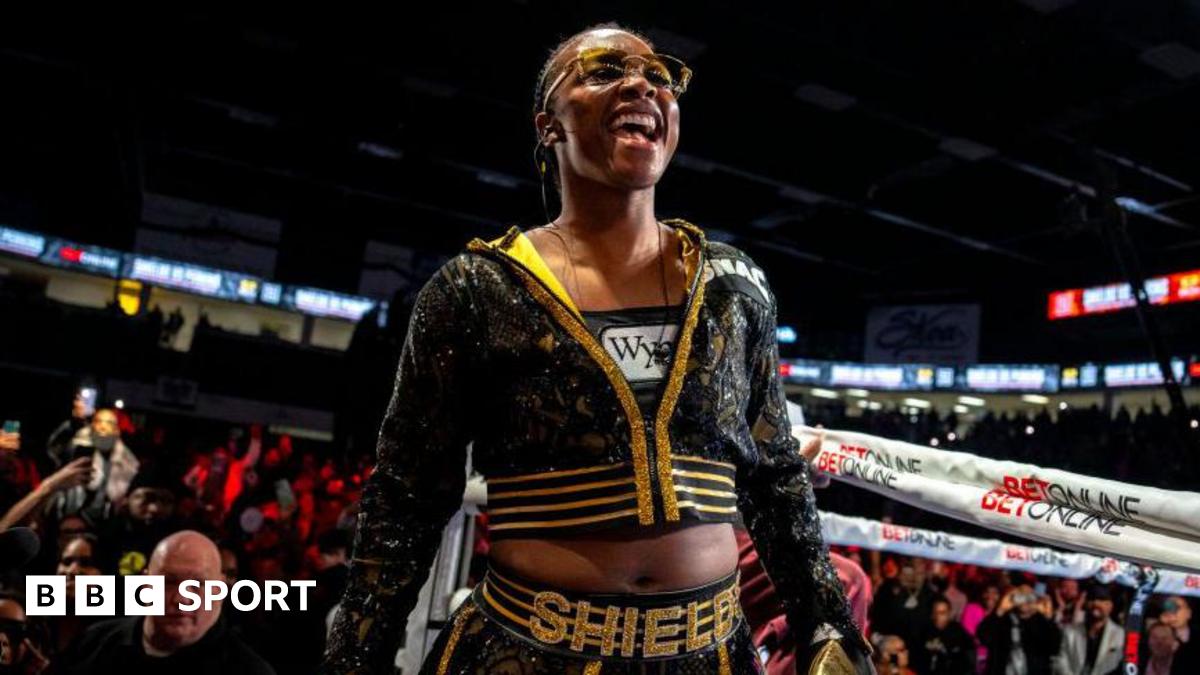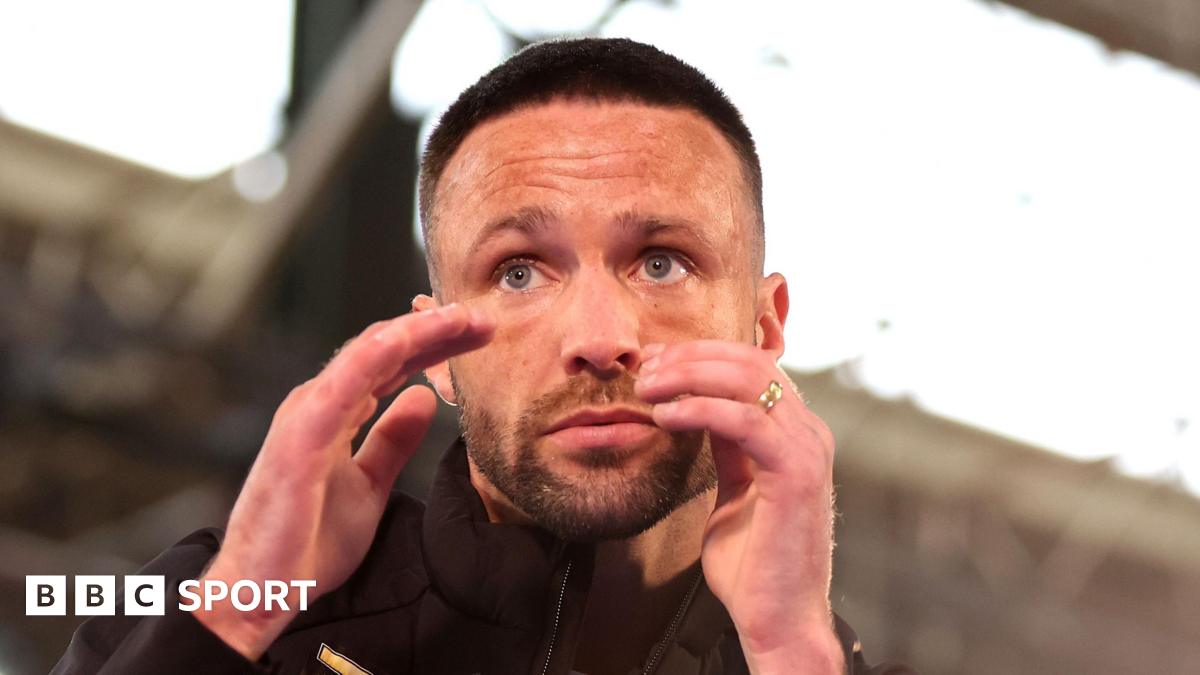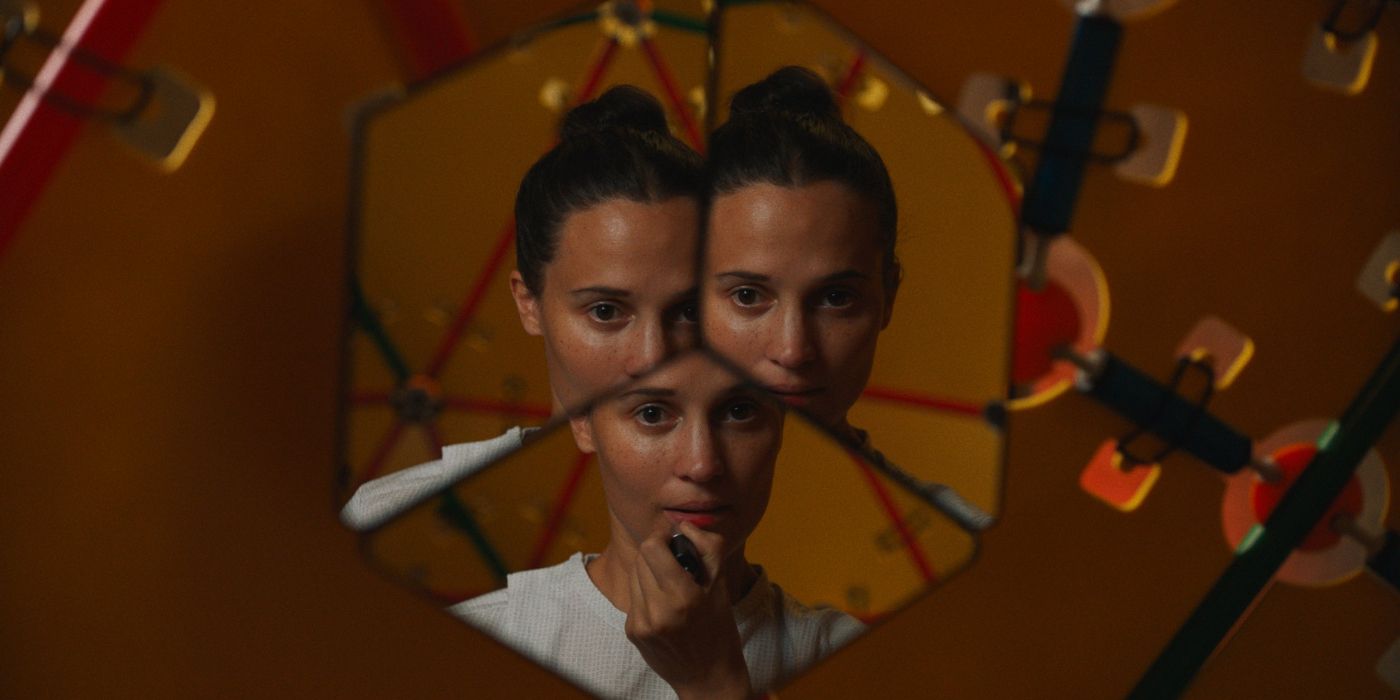What legacy brands can learn from the hype cycle

Back in 2015, Microsoft claimed our attention spans had dropped to eight seconds—shorter than that of a goldfish. No one’s definitively proven it, but it feels about right in the age of TikTok. Ten years later, goodness knows how long we’re able to hold it.
It’s one of the major social shifts of our lifetimes, and it’s one that a new generation of start-up brands—and their investors—have jumped on. These “dopamine” brands, such as Starface, Graza, and Poppi, provide younger generations with striking visual hits to draw them in with an instant high. Their packages, messages, and social content all pop, their drops sell out in minutes, and their fans queue virtually just to get their hands on them. Those limited drops, seasonal flavors, and unexpected collabs fuel hype and scarcity. These aren’t just products; they’re events.
But with every dopamine hit comes a comedown, and many challenger brands are now struggling with staying power. Meanwhile the legacy brands languish on the sidelines, wondering what to make of it all as a chunk of their audience is tempted away. There’s a lot to learn in creating fresh news for these classic heroes, but they shouldn’t feel threatened by the dopamine gang; rather, they should see an opportunity in it. If you’ve got iconic assets and built emotional trust over decades, you’re more than halfway there. The nudge is to deliberately disrupt yourself by bringing ideas in from the outside, while finding ways to retain what it is people love about you at the core.
Packaging is a powerful touchpoint to do it. It’s your shop window, your sensorial hook, your cultural signal. When you get it right, it should create not just fleeting excitement, but a deep connection that creates a lasting memory. Here’s how to do dopamine design, without right.
Inject hype at the edges, don’t break the system
Limited editions are an obvious, and often fruitful, place to start, but legacy brands can sometimes get overexcited here. Often there is a temptation to create disruption by sidelining the rule book and going crazy with the new news. When limited editions aren’t rooted in what people already love about the brand, they land as lazy, insincere. They often fall flat with consumers, who see straight through it. Smart design evolves from what’s already there; celebrate the core brand essence by coming from a place of authenticity, then create the disruptive newness.
So, when Jaffa Cakes was developing a limited-edition flavor, they began by acknowledging the product truth: the joy is in the jammy center. To make it feel more special than the established orange, an unexpected idea came about in cola-bottle flavor. This delivered an exciting dose of “I’m not sure that’ll work” intrigue mixed with reassuring nostalgia for the consumer.
Crucially, we restrained ourselves with the packaging design in responding to this. We retained the existing layout and the brand’s visual consistency, while dramatizing the new story within it to create something new. It’s a simple but effective technique, all too often brushed aside in favour of total “pack takeover” disruption.
Short-term impact, long-term value
Limited editions from brands work best when they riff on the thing people already love about them, whether it be format, flavor, origin story, or something else.
These kinds of designs don’t just deliver a momentary dopamine hit. When a drop gets it right, it builds trust and respect with consumers. Moreover it builds a momentum that has a positive halo effect back into the main brand.
Look at Johnnie Walker’s Squid Game Limited Edition—another entry from a brand that continues to cross-pollinate categories to deliver the unexpected. Here it’s bringing popular culture in to give its audience exactly what they never knew they needed. While the launch design felt dopamine, the core pack design confidently fused both brands’ assets together with mutual respect and consideration. It was a wisely thought through approach and showed us that the brand can deliver both quality whisky and moments of playful humor simultaneously. The total effect of such one-offs is that the entire brand benefits from them.
Collaboration should amplify, not dilute
The Heinz x Absolut collaboration was a good example of how good design can multiply brand value. Its success lay in both brands celebrating their distinctive assets in tandem in the launch collateral (Heinz’s silhouette and red tones, Absolut’s bottle shape and stripped-back typography).
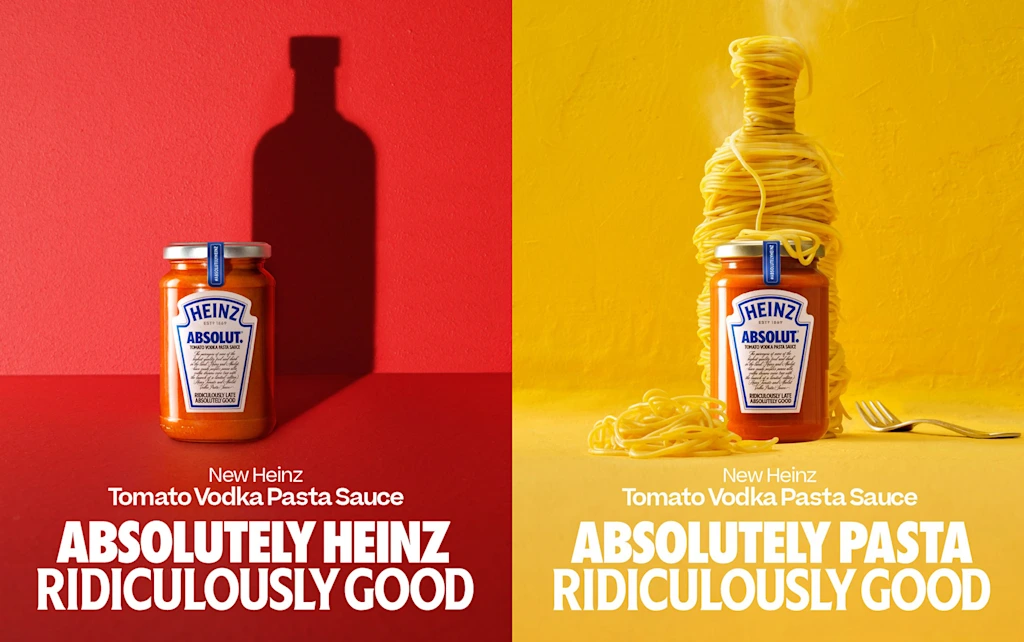
The creative idea—vodka pasta sauce—was playful, but it was the campaign work and the packaging that sold the credibility, where the two brands came together in a way that felt creative and made sense for each partner. The most effective collaborations aren’t necessarily about giving each brand equal space, or one giving way for the other. It’s putting egos aside to create something entirely new together, the genius child of both.
Legacy brands at the center of culture
Legacy brands don’t need to reinvent themselves to stay relevant, but they do need to stay alert to what’s happening around them. Packaging is a hugely impactful area to showcase this. It is the most visceral, sensorial, and tangible touchpoint a brand can have. A good idea at the heart can be taken to the next level when form, finish, and feel are also taken into account.
Legacy brands should be more confident in the strength of their assets. Changing them creatively just a little can a have a powerful outcome. Building both brands’ assets through co-respect can help place a brand in the center of culture effectively enough for the audience to reappraise it on a deeper, more lasting level. It can reenergize products and brands, putting them in front of new audiences who will become the next generation of loyalists. A design that is oversaturated in dopamine can have the opposite effect, creating confusion around your brand’s identity, leaving your crowd alienated and cynical.
The key is to build from what people already know and love. That’s what gives brands the permission to try something new on their packaging, and the credibility to be taken seriously when they do. Once you’ve cracked the code in an authentic way and succeeded at it, the stage is set for a future of endless creativity that people will come back for time and again.
What's Your Reaction?
 Like
0
Like
0
 Dislike
0
Dislike
0
 Love
0
Love
0
 Funny
0
Funny
0
 Angry
0
Angry
0
 Sad
0
Sad
0
 Wow
0
Wow
0




